Tags: grassland birds
Sedge Wren Return to Nest at Freshkills Park
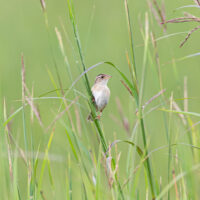
For a second year in a row, Sedge Wren (Cistothorus platensis), have returned to nest Freshkills Park.
Last summer, on August 6, 2020 a singing Sedge Wren was found on East Mound during our bird banding operations. Over the next few days it was joined by three additional singing males, all in close proximity to each other.
...MORERare Sedge Wrens Nest in New York City for the First Time since 1960 at Freshkills Park
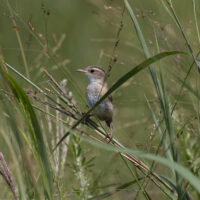
Grassland birds have rapidly declined throughout North America, and have experienced some of the steepest population declines of any group of birds in the United States. Since its transformation into an urban greenspace, Freshkills Park has become the home of many important species of grassland birds, including Grasshopper Sparrows, Bobolinks, and Eastern Meadowlarks.
...MORESparrow Travelers of Freshkills Park
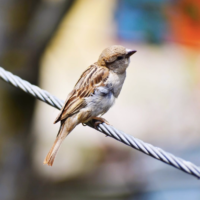
Did you know that there are over 35 species of sparrows throughout North America? About a third of the species are fairly common throughout the continent. The most common and easily recognized sparrow is the House Sparrow. They are native to Eurasia and northern Africa and were introduced into Central Park in 1850.
...MOREListen: Grassland Sounds
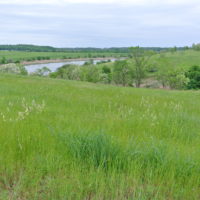
In 2018, Freshkills Park researchers conducted a study to learn more about grassland bird nesting preferences. Currently, a significantly greater number of grassland birds are nesting in an area known as East Mound than in the other areas. One species of special concern, the grasshopper sparrow, has been found nesting exclusively in East Mound.
...MOREFreshkills Grasslands: Good for the Birds, Good for the Climate

As we celebrate the 20th anniversary of Earth Day, we are thinking about climate change and what we can do to alter its course and mitigate its impacts. One surprising result of the current Covid-19 pandemic is that we are seeing some of the changes that can happen relatively quickly from a drastic reduction in our carbon emissions.
...MOREGrassland Research Continues for Fourth Year
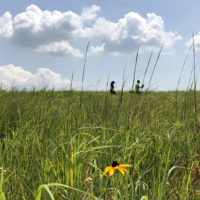
This spring, staff and interns will continue studying the grasslands at Freshkills Park. The research project is working to characterize the structure and diversity of the grasslands on two of the capped landfill mounds. Large populations of grassland birds have been nesting at East Mound, but not North Mound.
...MOREAs Birds Face Threats from Climate Change, Freshkills Park Could Be a Refuge
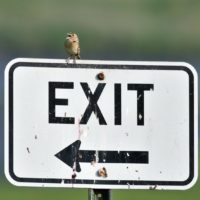
Dr. Richard Veit first saw grasshopper sparrows nesting at Freshkills Park in 2015. This was a surprising discovery for Veit, a College of Staten Island researcher who has been studying the site’s grassland bird populations for decades. According to the Breeding Bird Survey, grasshopper sparrow populations have declined by 97% in New York State.
...MORECapturing Change: Nesting Season
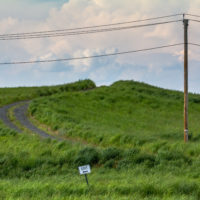
This essay is published in Urban Omnibus.
Of Freshkills Park’s 2,200 acres, half are now grasslands. The Department of Sanitation (DSNY) created these meadows over the last twenty years as part of the landfill “cap.” Layers of soil, geotextiles, and a plastic geomembrane have sealed off the landfill mounds, and native plants have rooted in the topsoil to help prevent erosion.
...MOREFreshkills Park Provides Habitat for Grassland Birds
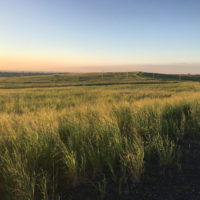
At a time when grasslands have drastically declined across the country, the reclaimed land at Freshkills Park is providing a habitat for grassland bird species.
Because grasslands are favored for agricultural production, they have largely been converted into cropland and pastures.
...MORERare Grasshopper Sparrow Discovered at Freshkills Park
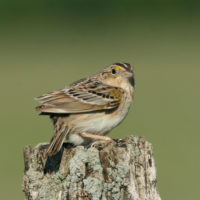
Most visitors to Freshkills Park usually get excited when they see the ospreys in their nest, or a bald eagle fly by, or a red-tailed hawk overhead… but scientists and bird enthusiasts are most excited about all of the grasslands within the park.
...MORE



